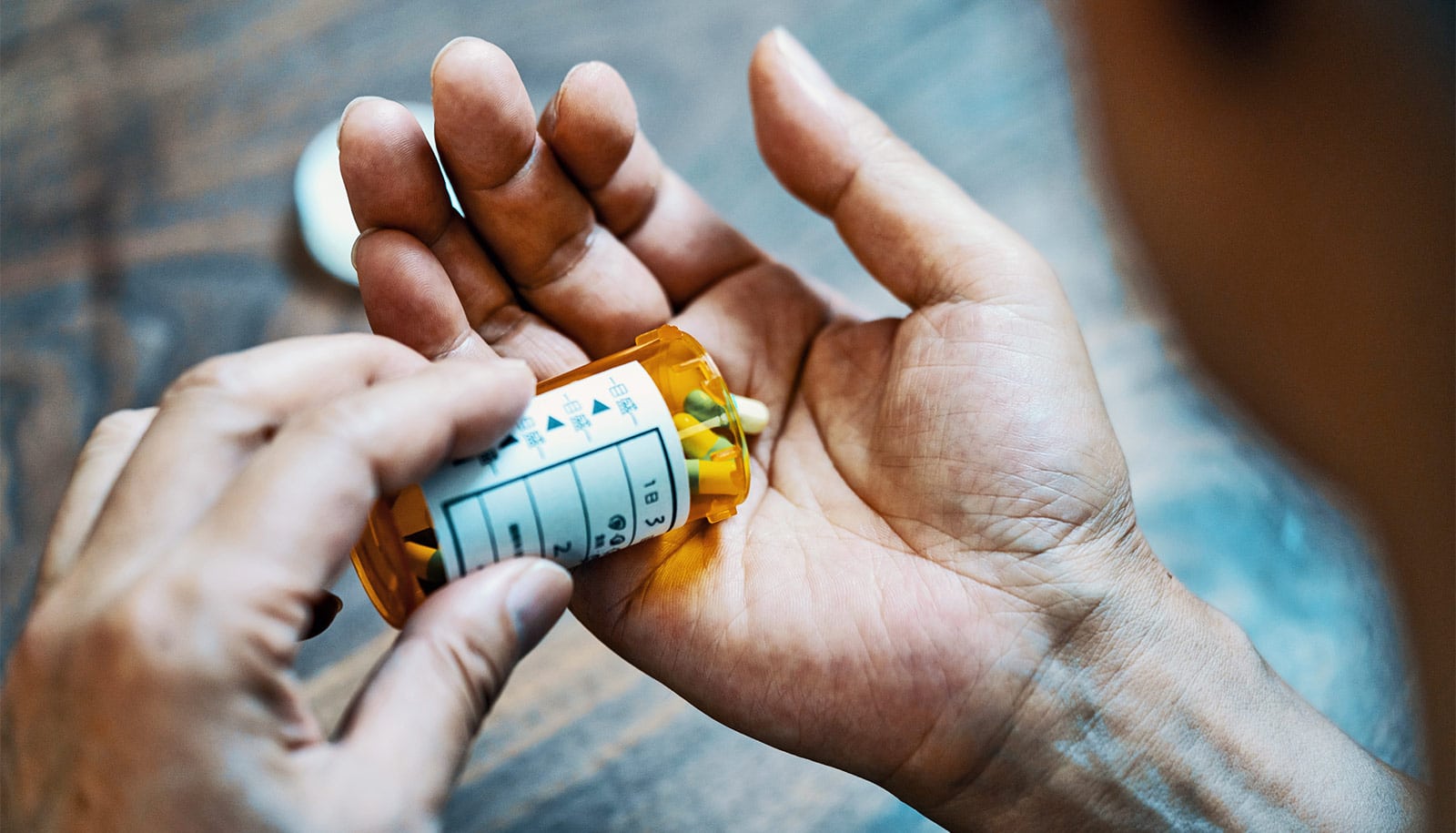A new automated text messaging service may curb opioid abuse, reduce the likelihood of relapse, and decrease treatment costs, a small study suggests.
The service provides automated text messages and phone calls to patients in treatment for opioid addiction. Texts ask patients if they’re feeling OK or struggling with potential relapse. Participants can also activate a panic button for immediate help.
Time saved from monitoring patients through individual phone calls and in-person appointments may trim medical costs and permit health-care workers to treat more patients without heavier workloads.
“There is an urgent need to address the opioid crisis in powerful new ways,” says Avik Som, an MD/PhD student at Washington University in St Louis and senior author of an article in the publication NEJM Catalyst.
Som, who completed his doctorate in biomedical engineering and will receive his medical degree in May, helped develop the text-messaging technology as chief medical officer at Epharmix, a digital health company he founded with classmates in 2015.
“With the opioid epidemic, time is of the essence because of how quickly it’s grown and the lives that are lost,” Som says.
Not a replacement
Nearly 100 people die each day due to opioid overdoses, according to the Centers for Disease Control and Prevention. A highly addictive class of drugs, opioids include prescription painkillers, heroin, and fentanyl.
The technology is designed to supplement cognitive behavioral therapy, support services, and other treatments aimed at combating opioid addiction.
“Opioid users face strong urges to relapse because of the addictive power of the drug. As a result, health-care workers struggle to keep patients engaged.”
“This is not meant to replace important programs or face-to-face contact between patients and providers,” Som says. “Rather, it is an additional tool that is affordable and immediate. It doesn’t require costly, time-consuming measures such as opening substance-abuse centers, and training and hiring new staff.
The 21 patients in the study began using the texting service in late 2016 as part of their treatment at Preferred Family Healthcare, a community-based organization in St. Louis that offers treatment for substance abuse.
Data collected via the text messaging service showed that, at the time of enrollment, nine patients (43 percent) reported substance abuse use in the previous three days, and nine patients (43 percent) reported no use, while the remaining did not respond. After three months, half of the 21 total patients reported no substance use, while the number of patients using dropped to two (10 percent). The researchers can’t attribute the positive trend solely to the app but say the data are encouraging.
“Opioid users face strong urges to relapse because of the addictive power of the drug,” Som says. “As a result, health-care workers struggle to keep patients engaged.”
‘Panic button’
Patients and caregivers reported that they preferred the ease and familiarity of text message communication. “Texting is convenient, immediate, and nonjudgmental,” Som says. “It has become an integral part of how we communicate in society. Patients reported feeling more connected to health-care providers.”
“It is so much more powerful to curb the temptation and break the cycle in advance of relapse…”
The service includes a “panic button” for patients facing relapse or other health struggles. Once the button is activated, health-care workers phone patients and provide counseling, scheduling for in-person appointments, or other resources.
Texts also allow caregivers to monitor patients daily with automated questions such as “Have you used in the last day?” and “Have you had urges to use?” Patients who report struggling receive automated follow-up questions that classified their risk for relapse as high, moderate, or low. At the same time, health-care workers were alerted to intervene immediately.
“Health-care providers can be proactive,” Som says. “It is so much more powerful to curb the temptation and break the cycle in advance of relapse rather than providing treatment only after the event has occurred.”
The patients in the study were on Medicaid and individually had accrued more than $20,000 in medical costs related to substance abuse and other health issues. Researchers calculated that per-patient costs for caregiver services specific to addiction-related care would drop 19 percent, from $926 annually to $753.
Texts could keep teens connected to their doctors
Reduced costs from staff time savings were attributed to the texting service, enabling more efficient patient follow-up and better targeting to provide treatment to the right patients.
“Cost savings could be realized with this tool as opioid addiction continues to rise and caregivers increasingly are being asked to manage additional patients,” says first author Jordan Feltes, a researcher at Epharmix and a second-year medical student at Saint Louis University.
Further studies will allow researchers to examine the text-messaging strategy in a larger patient group, and better gauge potential savings in Medicaid funding and related costs.
The right words in a text can calm a crisis
“In the midst of this national emergency, it is critical that patients and providers have clear, open channels of communication in order to mitigate the devastating impact of the opioid crisis,” says Will Ross, associate dean for diversity and a professor of medicine at Washington University. He mentored the researchers as principal investigator for Epharmix.



